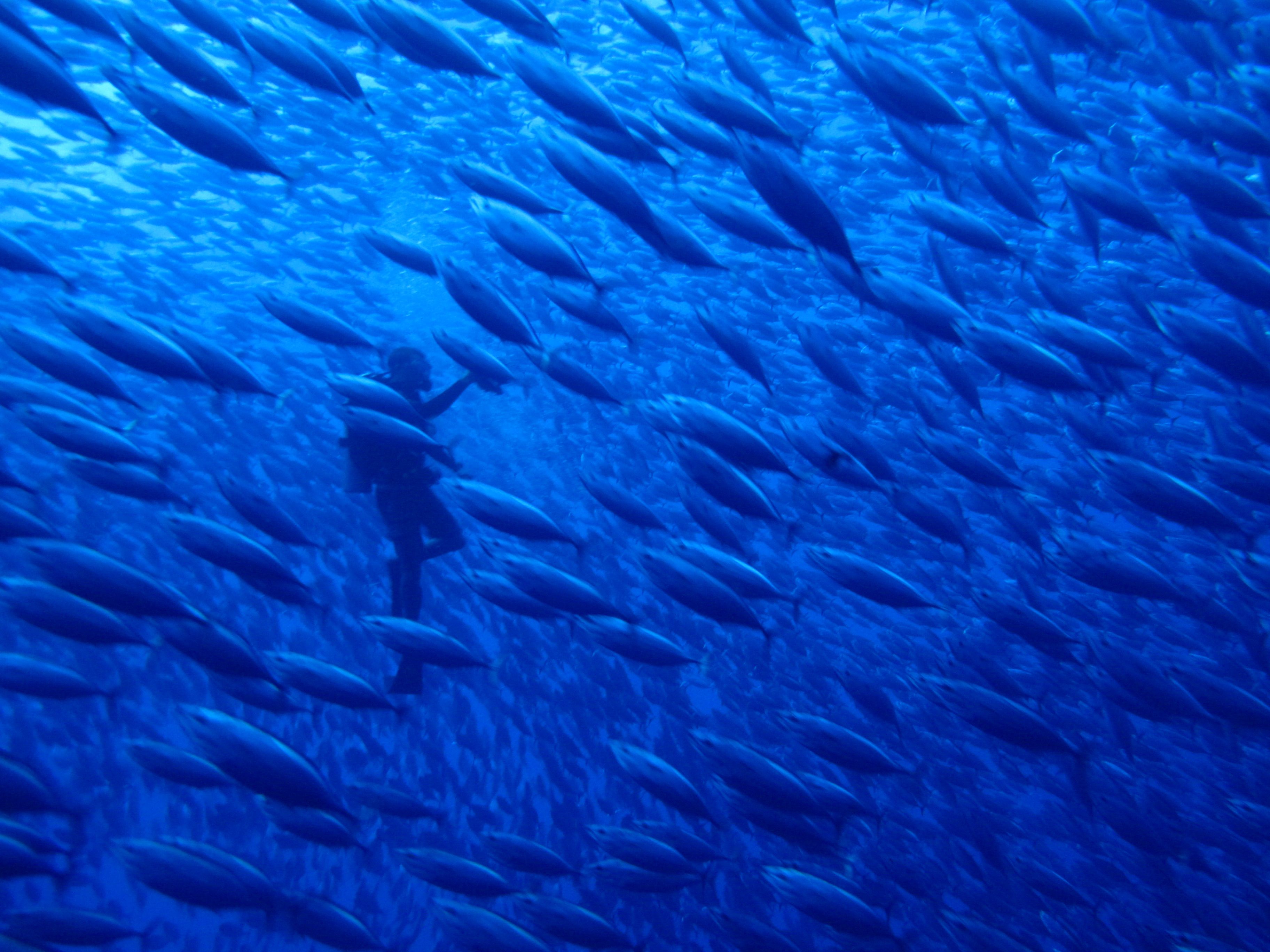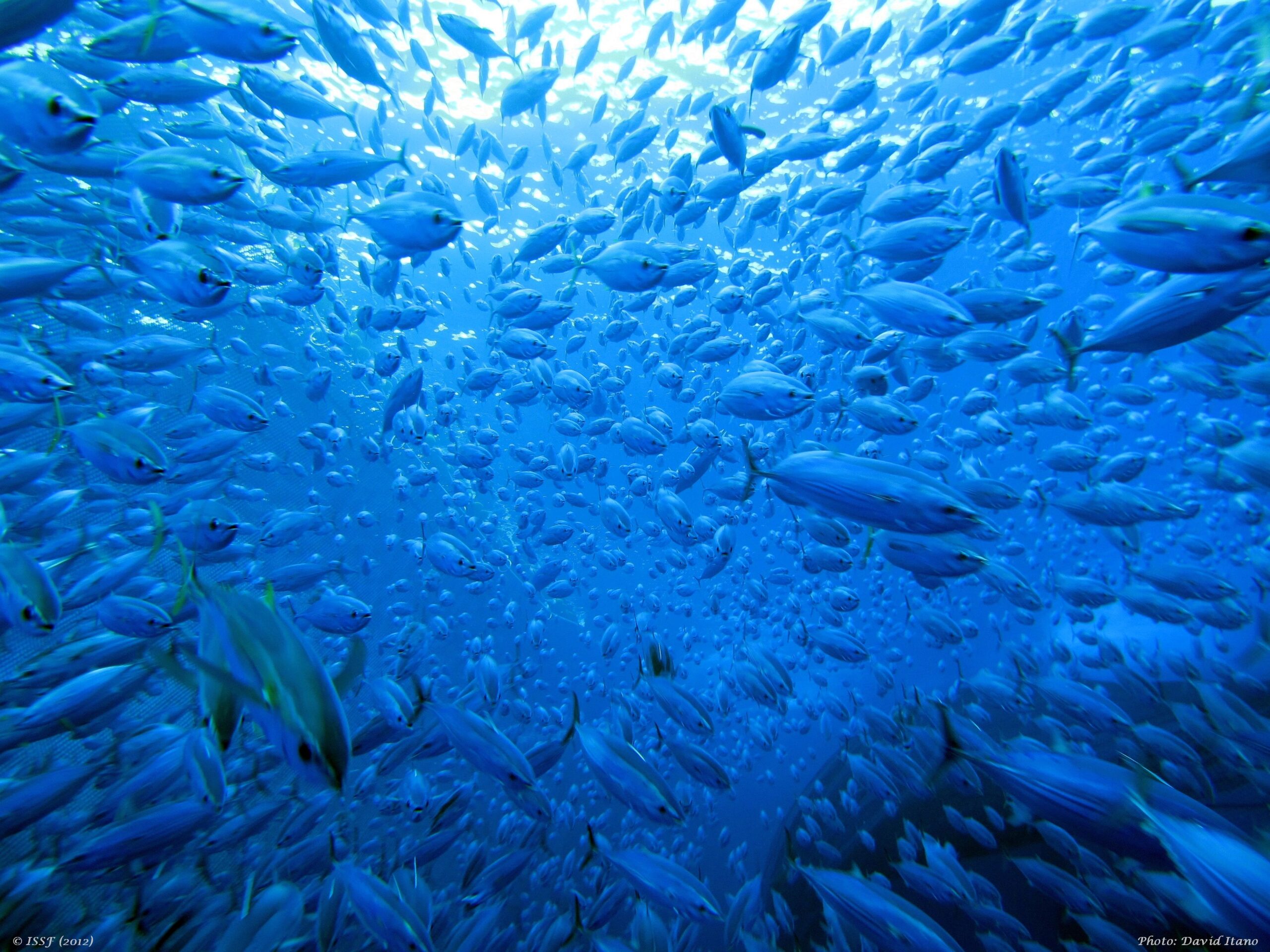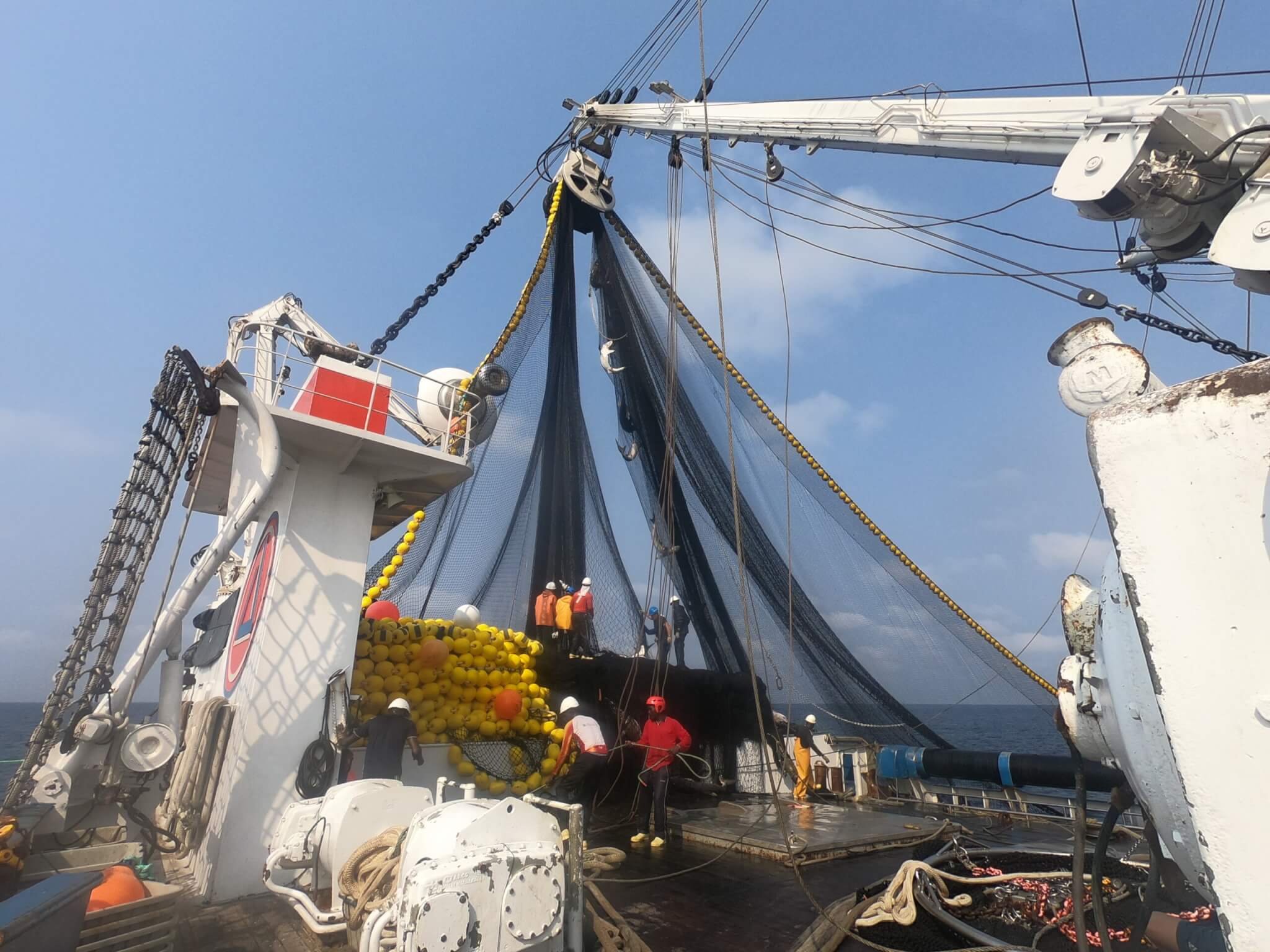Momentum for Sustainable Tuna: RFMOs Making Strides | Progress in EM, compliance, FAD management, and harvest strategies
ICYMI
How RFMOs Are Advancing Four Key Components of Sustainable Fisheries
A growing share of the global tuna catch comes from stocks that are not subject to overfishing, thanks largely to continuously improving management by tuna regional fisheries management organizations (RFMOs). As an advocate and partner for science-based reforms, ISSF has played a catalytic role in driving many of these improvements.
Through targeted research, technical guidance, and the development of practical tools, ISSF has supported RFMOs in advancing key areas of fisheries management—particularly in strengthening compliance frameworks and expanding the use of electronic monitoring (EM). ISSF has also led pioneering research on fish aggregating device (FAD) designs, promoting the adoption of non-entangling and biodegradable materials to reduce ecological impacts and support sustainable fishing practices. These efforts have helped RFMOs build more transparent, accountable, and effective management systems.
Here is a look at how tuna RFMOs have made significant strides across four fundamental aspects of sustainable fisheries management.
Featured Graphic
Tuna RFMOs and the Development of MSE and Precautionary Management Procedures for Tunas
This timeline graphic shows milestones in efforts by all tuna RFMOs to develop management strategy evaluations (MSE) and precautionary management procedures (MP) for albacore, bigeye, bluefin, and skipjack tuna stocks.
Featured Tool
Global Influence Network
We created a Web feature that visualizes the locations and impact of ISSF participating companies and other “influencers” advocating for sustainable RMFO fishing policies.
Explore the interactive feature
ISSF in the News
Vietnam’s KTCFOOD joins tuna sustainability group ISSF
Undercurrent News
“A pivotal moment for global tuna conservation” – Tuna Transparency Pledge gains new national signatories
Seafood Source



